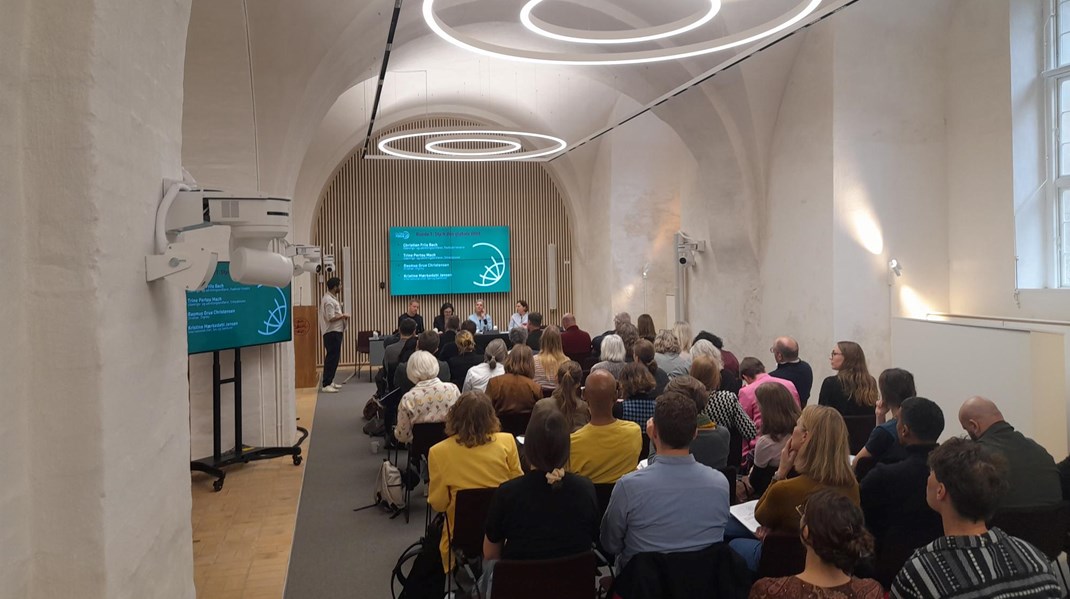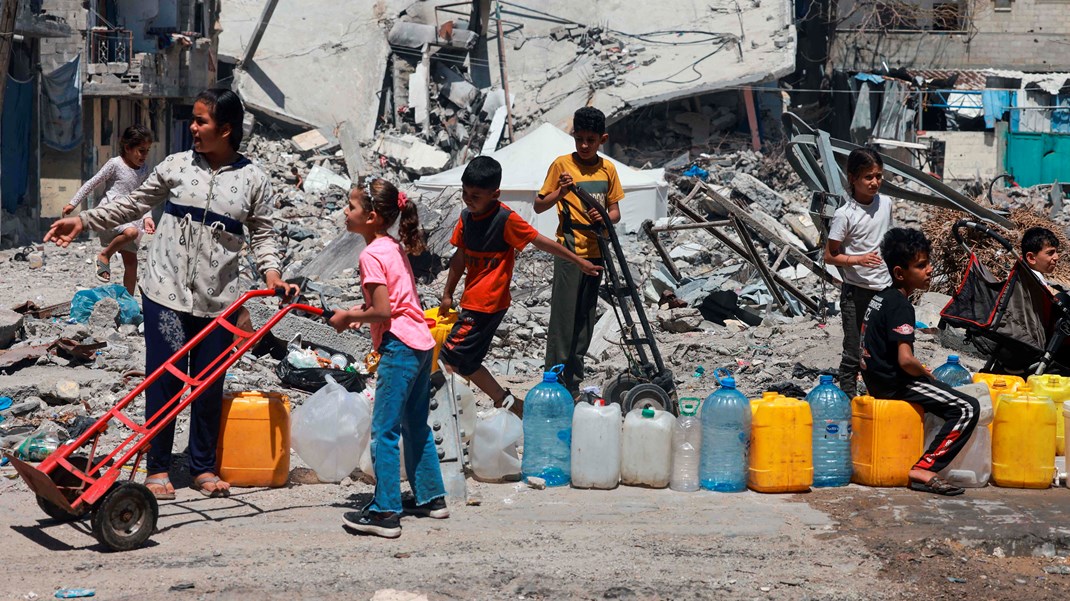Agencies line up winter aid for Afghans as temperatures plummet
HIGHLIGHTS
Humanitarians and the Government plan to help 78,000 families to get through winter warmly.
Civilian casualties recorded in the first nine months of the year remain close to record levels.
Biosand filters provide clean drinking water to families in Lashkargah.
More than 160 humanitarian partners ensure good coverage and capacities across the country.
Eradication of Polio in Afghanistan has never been so close, but much work remains to be done.
Why the Republic of Korea supports CountryBased Pooled Funds.
Families facing harsh winter temperatures
“Winter is coming, it is getting cold and I do not know how to pay for firewood,” says Bibi Hawa, a returnee who left Pakistan four years ago and has since lived in one of Kabul’s informal settlements. She recently received US$33 to buy food from the World Food Programme (WFP) as part of winter assistance.
She and her six children survive on such humanitarian handouts and the little money she makes from selling the trash that her children collect in the streets. Bibi and her family are one of an estimated 78,000 families - more than half a million people - in need of humanitarian assistance to get through winter.
Families lack heaters, fuel, clothing and food. While temperatures have recently started to drop across the country, planning for winterisation started already as far back as June.
As part of a coordinated approach led by the Ministry of Refugees and Repatriations (MoRR), the humanitarian community developed a strategy to deliver winter support to people most in need.
More than 3,000 internally displaced families have found shelter in districts classified as extreme winter areas based on the elevation and more than 15,000 displaced families are facing severe winter conditions. The highest number of families in need are estimated to be in Badakhshan, Bamyan, Daykundi and Kabul.
Based on humanitarian assessments, families selected for assistance all have low income, lack adequate clothing, many have no heater or fuel and nearly half of them say they plan to sleep in overcrowded rooms to survive the cold. As many expect to be forced to reduce the number of meals they eat per day.
Heating fuel for three months at the centre of assistance plan The Office of the United Nations High Commissioner for Refugees (UNHCR), as cluster lead of the Emergency Shelter/Non-Food Items Cluster (ES/NFI) and the International Organization for Migration (IOM) as co-chair, coordinate winterisation assistance with the authorities across the country.
At the centre of the joint winterisation plan is cash assistance of $200 per family to buy fuel to provide warmth during the three coldest months of the year. Cluster members who are part of the joint plan include the NGOs Adventist Development Relief Agency, CARE International, Islamic Relief, Save the Children, Welthungerhilfe and Mission East. IOM has also secured just over $188,000 towards the winterisation response.
UNHCR has committed to assisting 40,000 displaced, returnee and host community families with $9.5 million funding, working across the country with its partners. With separate funds, UNHCR and partners will support more than 13,000 refugee families from Pakistan and host communities with cash for heating fuel, blankets tarps and tents.


